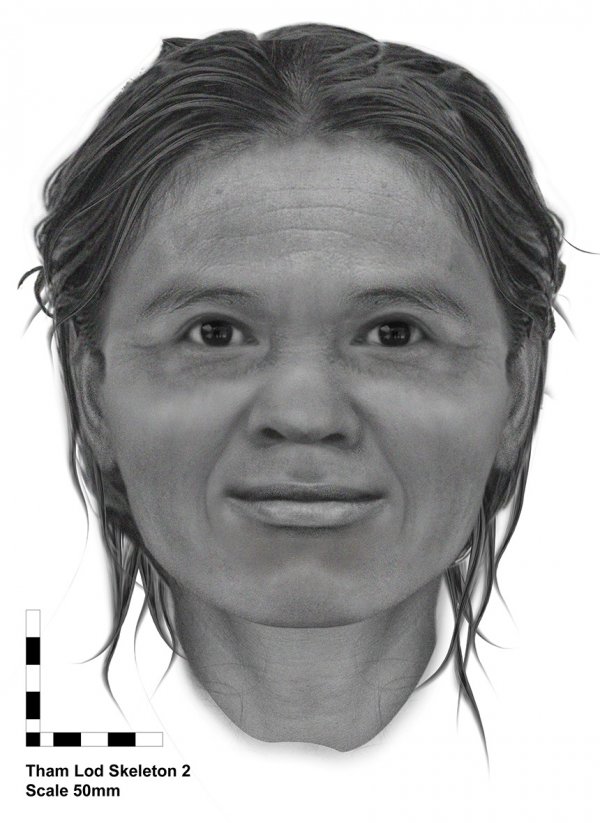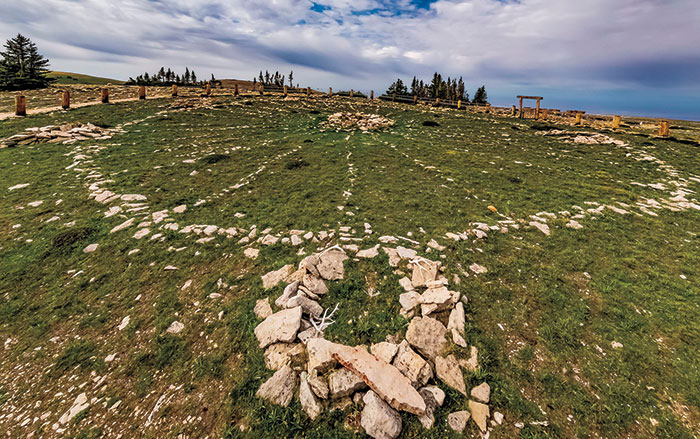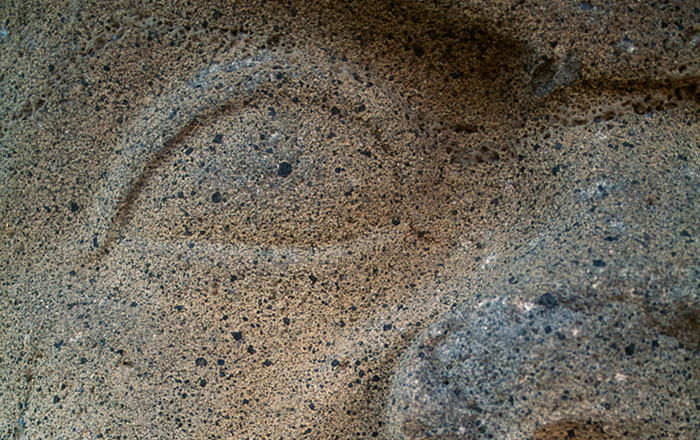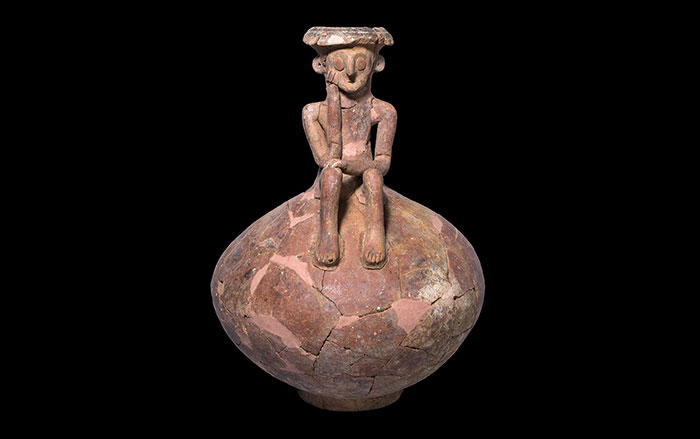
NEW SOUTH WALES, AUSTRALIA—The International Business Times reports that researchers led by Susan Hayes of the University of Wollongong have reconstructed the face of a woman whose 13,600-year-old remains were found in the Tham Lod rock shelter in northwest Thailand. Standing just under five feet tall, the woman, who is thought to be descended from the first people to colonize Southeast Asia, was between the ages of 25 and 35 when she died. Hayes said that the team compared the measurements of the woman’s face to the average variation of measurements of skulls, muscles, skin, and other soft tissues from recent populations around the world, in order to try to keep the impression of her face from being biased toward one population. But Hayes acknowledges that no one’s face is average. “Facial reconstruction fascinates people, and it attracts a lot of enthusiasm from both artists and scientists,” Hayes said. “Unfortunately, some are scientists without any understandings of the technicalities of artistic depiction, others are artists without any understandings of the technicalities of science.” To read about a recent attempt at facial reconstruction, go to “Neolithic FaceTime.”










